Born in New York City in 1933, Steven Weinberg became interested in science thanks to the childhood gift of a chemistry set. In 1950 he became the first member of his family to attend college receiving a bachelor’s degree in physics from Cornell University and then his Doctorate from Princeton.
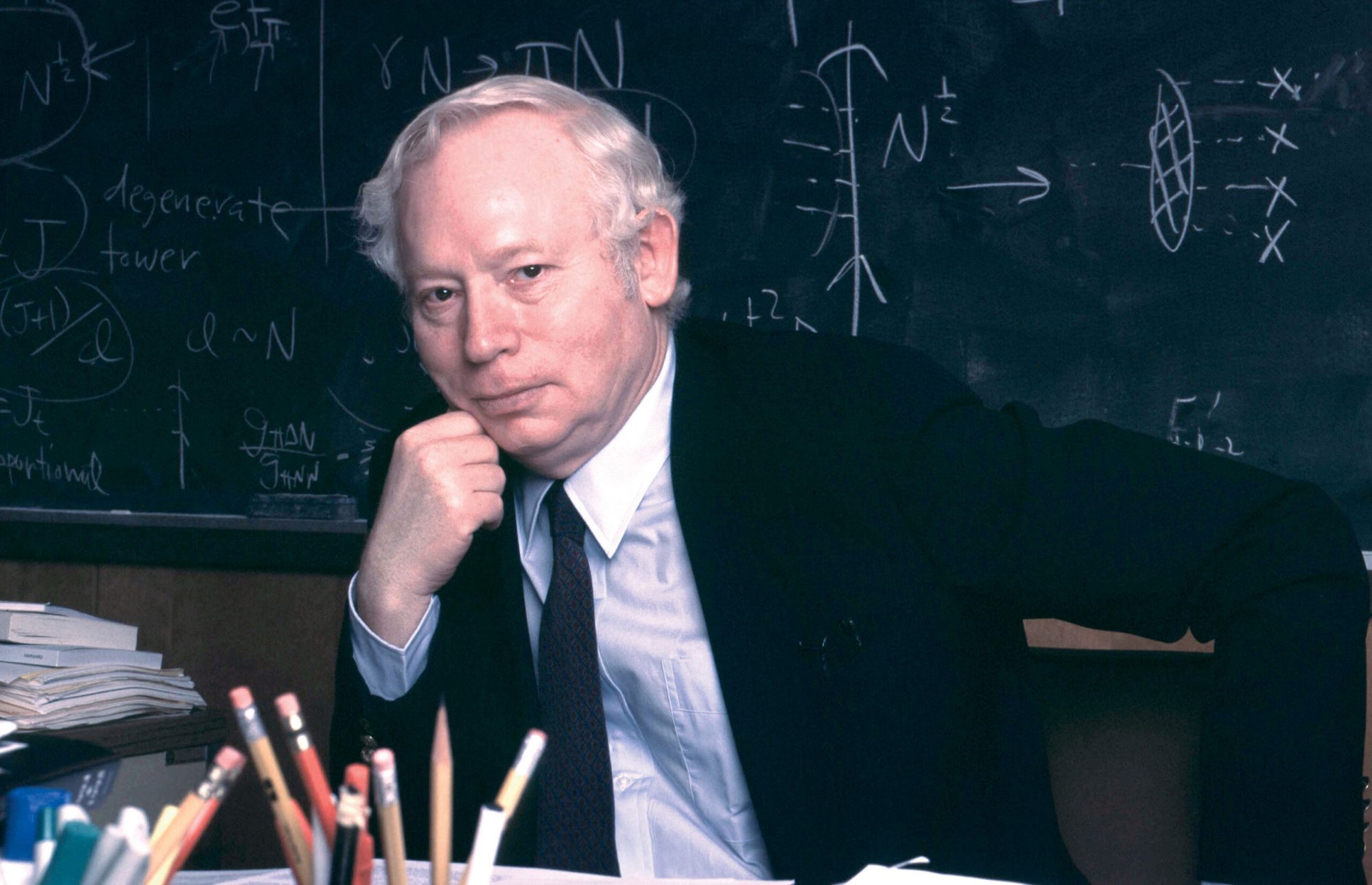
Doctor Weinberg then began his career as a researcher at Columbia University before accepting temporary teaching assignments at the University of California in Berkeley, Harvard University and the Massachusetts Institute of Technology. He finally settled down in 1982 at the University of Texas in Austin where he would remain for the rest of his life teaching both physics and astronomy.

The key moment in Doctor Weinberg’s career came in 1967 when he published a short, three page paper in the journal ‘Physical Review Letters’ entitled ‘A Model of Leptons’. In that paper Weinberg theorized that the weak nuclear interaction, best known for beta decay where a neutron transforms into a proton plus an electron and an anti-neutrino, could best be understood if it were unified with the familiar Electromagnetic interaction. In particular Weinberg predicted the existence of both charged and neutral current paths thru which his unified force would propagate.
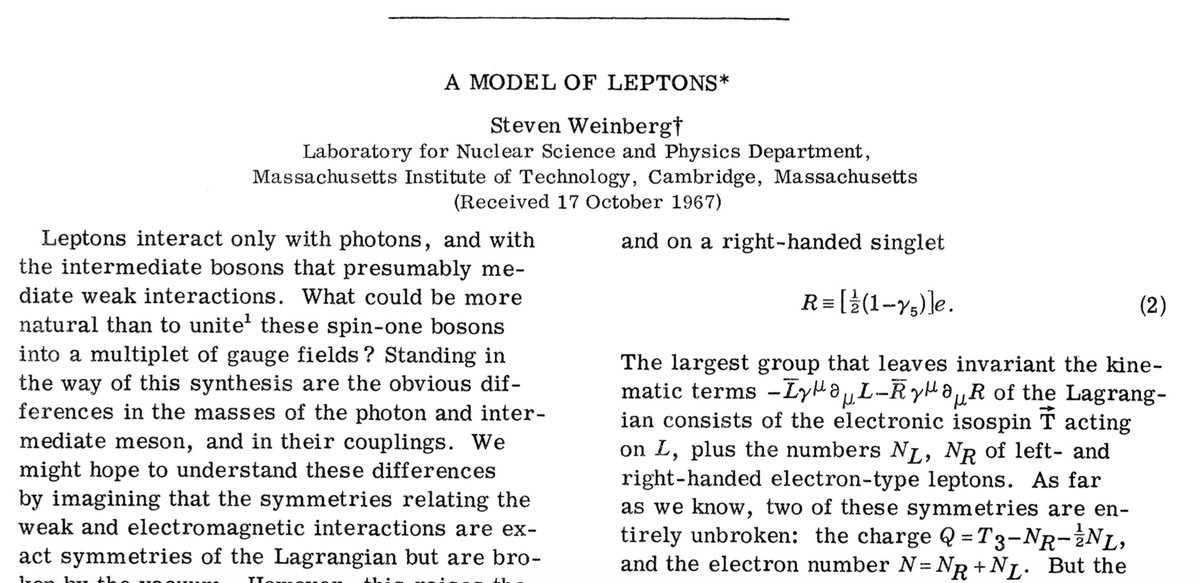
Weinberg’s ideas would soon be extended by his colleagues Abdus Salam and Sheldon Lee Glashow to become the Electro-Weak force that was carried by four boson particles, the W particle, which comes in both positive and negative charged varieties along with the neutral Z particle and the photon. At that time only the familiar photon had been detected in the labouratory but experiments in the 1970s would discover the other three making Weinberg one of the only scientists who could say that he predicted the existence of three particles before they were discovered in the lab.
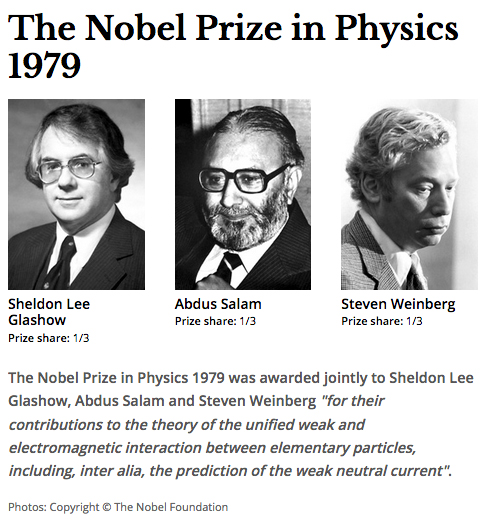
By combining two of the four known forces of nature, which are gravity, electromagnetism, and the strong and weak nuclear forces Weinberg had partially succeeded in something that Albert Einstein unsuccessfully worked on for the last 25 years of his life. Einstein had sought to unify gravity and electromagnetism into a single geometric theory but unlike his earlier success with general relativity a unified field theory eluded him.
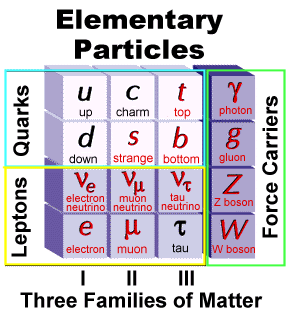
The success of the Weinberg-Salam-Glashow theory led to its three contributors being awarded the 1979 Nobel Prize in physics and set the stage for a whole plethora of ‘Grand Unified Theories’ or GUTs throughout the 1980s and 90s. The final theory that came about from these efforts was ‘Supersymmetry’ that is based on the simple idea that there is really only one kind of particle and that all of the different particles we see in our labouratories are actually just different quantum states of that one kind of particle. The major prediction of supersymmetry was that every known particle would have to be coupled to a supersymmetric ‘partner’ that balanced all of the known particle’s measured quantities.

Throughout the last thirty years Weinberg was a contributor and proponent of supersymmetry. (By the way supersymmetry is not quite the same as string theory, the idea that elementary particles are little strings that vibrate. String theory fits very well with supersymmetry however and today it’s hard to find a physicist who is working in supersymmetry that doesn’t use string theory.) Unlike electro-weak theory however none of the partner particles predicted by supersymmetry have been discovered so that today most theorists are searching new paths to try to explain the standard model of particles that we know.

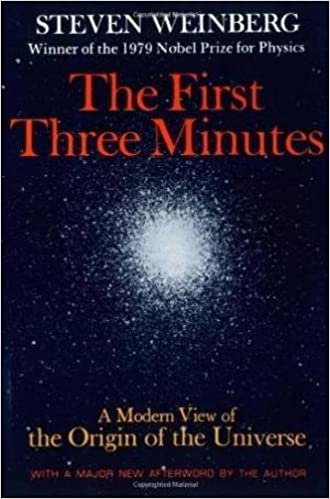
In addition to his own work in particle physics Steven Weinberg was also the author of several books popularizing science including ‘Dreams of a final Theory’ about particle physics and ‘The First Three Minutes, a Modern View of the Origin of the Universe’, which describes in clear language the big bang. Doctor Weinberg was also a longtime advocate for nuclear disarmament. Steven Weinberg belonged to the post-war generation of physicists that included such brilliant minds as Richard Feynman, Murray Gell-Mann and Robert Higgs, to name a few. For these scientists Relativity and Quantum Mechanics were well established models to build upon and together they helped to develop the standard model that is today the basis of our understanding of the Universe.
